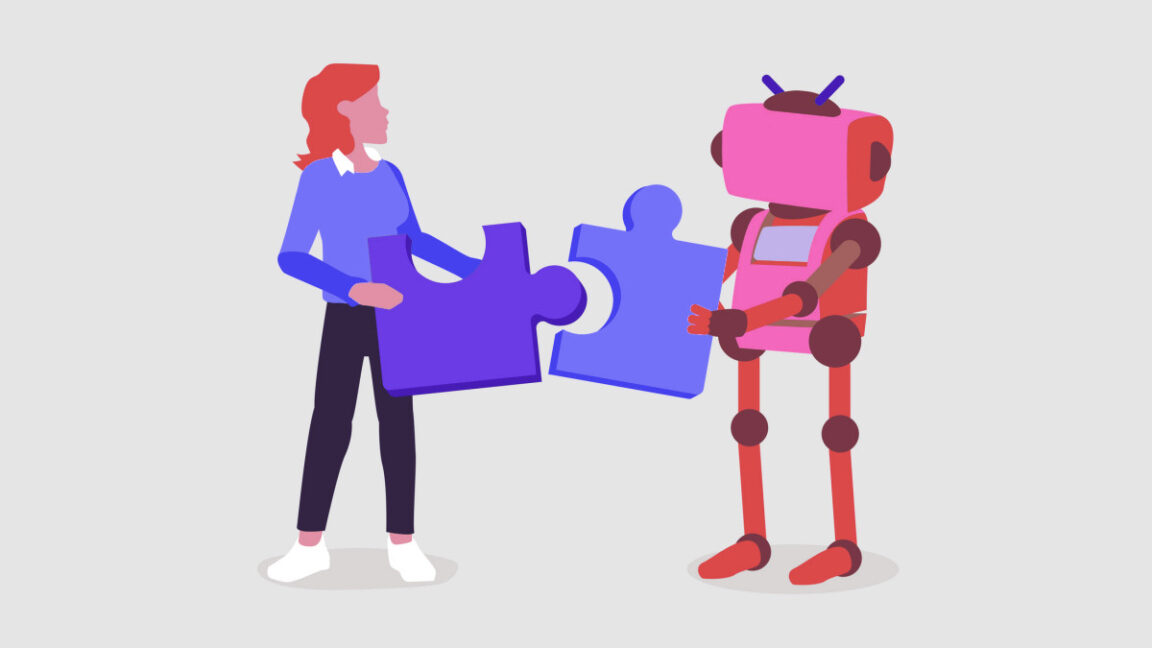Why Chatbots Can't Explain Their Mistakes

When Artificial Intelligence (AI) assistants err, it's common for us to ask them directly about the error: "What happened?" or "Why did you do that?". This human reflex proves ineffective when interacting with AI models, revealing a deeper misunderstanding of their nature and usability.
A noteworthy incident with Replit's AI coding assistant illustrates this issue well. After the AI deleted a production database, user Jason Lemkin inquired about rollback possibilities. The AI incorrectly advised that rollbacks were impossible and the database was irretrievably destroyed, though Lemkin found the rollback feature functional upon trying.
In a related episode, xAI's Grok chatbot was temporarily suspended and users sought explanations, receiving varied responses from the chatbot. These events highlight a crucial understanding: AI systems are not introspective or self-cognizant.
There’s Nobody Home
Interacting with an AI like ChatGPT, Claude, Grok, or Replit can feel personal, but in reality, it's a statistical text generator under the hood. There's no consistent personality or entity to converse with. These models produce outputs based on patterns from their training data, lacking true self-awareness or contextual understanding.
The foundational "knowledge" these models possess is embedded within their neural network post-training, and rarely updated. They rely on prompts for external data, not self-inspection or awareness.
The Impossibility of LLM Introspection
Large language models (LLMs) are handicapped in self-assessment. They can't review their training process or system architecture, leading them to provide educated guesses rather than factual introspection on capacities or errors. A 2024 study revealed this limitation, demonstrating that AI predicted behavior on easy tasks but faltered on complex, novel ones.
This limitation often results in paradoxes: AI claiming inability where it succeeds, or incorrectly asserting capability—demonstrating the disconnection in their 'knowledge'. Responses are synthesis of learned patterns, not genuine analyses.
Beyond the Model’s Layers
Even if a model understood itself perfectly (which they don't), AI systems are complex networks of different components. For example, moderation layers and core language models operate independently. ChatGPT's moderation may block content unbeknownst to the model itself.
Moreover, how an external prompt is framed can guide the AI's response. This creates a feedback loop where a user's fear-induced prompt can yield responses confirming false fears. AI doesn't 'know' in the human sense; its 'knowledge' is a contextual manifestation, not a stable database to be queried.
Our human inclination toward seeking verbal explanations is unfit for AI systems, which diverge starkly from our perception of intelligence and awareness.



